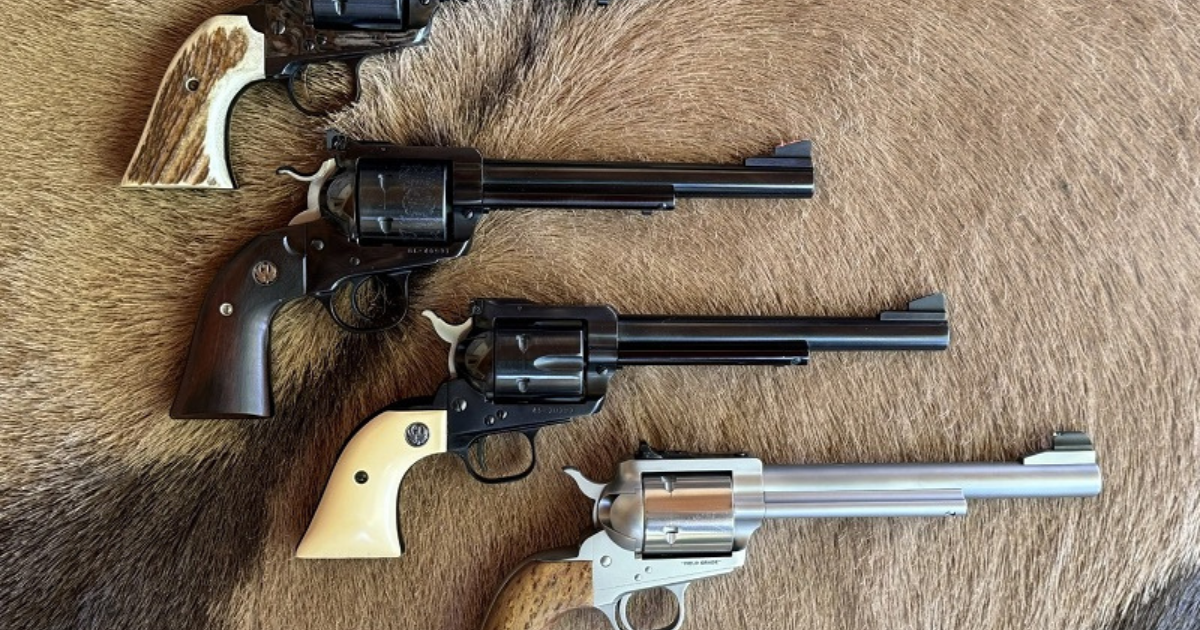What Is The Final Step In Correctly Matching Ammunition To A Firearm?
GeneralWhen it comes to firearms, safety is the top priority. Properly matching ammunition to a firearm ensures that your gun operates correctly and safely. But what’s the final step in this crucial process? Let’s dive into the details of how to make sure you’re using the right ammo for your firearm and why it matters.
Understanding Ammunition And Firearms
Before we get to the final step, it’s important to understand the basics. Firearms come in various types and calibers, each designed to use specific ammunition. Ammunition, commonly referred to as “ammo,” consists of several components: the casing, primer, powder, and projectile (bullet). The caliber of a firearm, measured in either inches or millimeters, indicates the size of the ammunition it uses.
Why Matching Ammo Matters
Using the correct ammunition for your firearm is crucial for several reasons:
- Safety: Incorrect ammunition can lead to malfunctions or dangerous situations. Using ammo that’s too powerful can cause damage to the firearm or injury to the shooter.
- Performance: The right ammunition ensures that your firearm performs at its best. It affects accuracy, range, and overall effectiveness.
- Legal Compliance: Some regions have specific regulations regarding ammunition types and calibers. Using the wrong ammo can lead to legal issues.
The Process Of Matching Ammunition
Matching ammunition to a firearm involves several steps. Here’s a step-by-step guide:
- Identify Your Firearm’s Caliber: Check the markings on your firearm or refer to the owner’s manual to determine the correct caliber. This is the starting point in selecting the right ammo.
- Choose the Right Ammunition Type: There are different types of ammunition designed for various purposes—target shooting, hunting, self-defense, etc. Ensure that the ammo type matches your intended use.
- Verify Ammo Specifications: Look at the ammunition box for details like caliber, bullet type, and load specifications. These should match the requirements of your firearm.
- Check the Firearm’s Condition: Ensure that your firearm is clean and in good working condition. A well-maintained gun performs better and is safer to use.
- Test the Ammunition: Before using a new type of ammo extensively, test it at the range to ensure it functions correctly with your firearm.
The Final Step: Verify Ammunition Compatibility
The final step in correctly matching ammunition to a firearm is to verify the compatibility of the ammunition with your firearm by conducting a test firing. Here’s why this step is crucial and how to perform it:
- Safety First: Always follow safety protocols when handling firearms and ammunition. Ensure that you’re in a safe environment, like a shooting range, when conducting test firings.
- Load and Fire Safely: Load a small number of rounds into the firearm and fire them. Pay close attention to how the firearm handles the ammunition. Look for any signs of misfires, jams, or excessive recoil.
- Inspect Results: After firing, inspect the spent casings and the firearm. Check for any signs of damage or unusual wear. If the ammo is compatible, the firearm should function smoothly without any issues.
- Adjust if Necessary: If you encounter problems, you may need to try a different ammunition type or consult with a professional. Sometimes, slight adjustments are needed to ensure optimal performance.
Why This Final Step Matters
Test firing is the final confirmation that your ammunition is a perfect match for your firearm. Even if all the other steps are followed, this practical test is essential to ensure safety and performance. It helps you identify any issues that might not be apparent through theoretical checks alone.
Conclusion
In summary, matching ammunition to a firearm involves several important steps, but the final step—test firing the ammunition—is critical. It ensures that the ammo works correctly with your firearm and provides the performance you expect. Always prioritize safety and accuracy to enjoy shooting responsibly and effectively.
